Hubble Telescope captures stunning image of a lovely bright young star
Check out this mesmerizing image of a young star captured by Hubble Space Telescope.
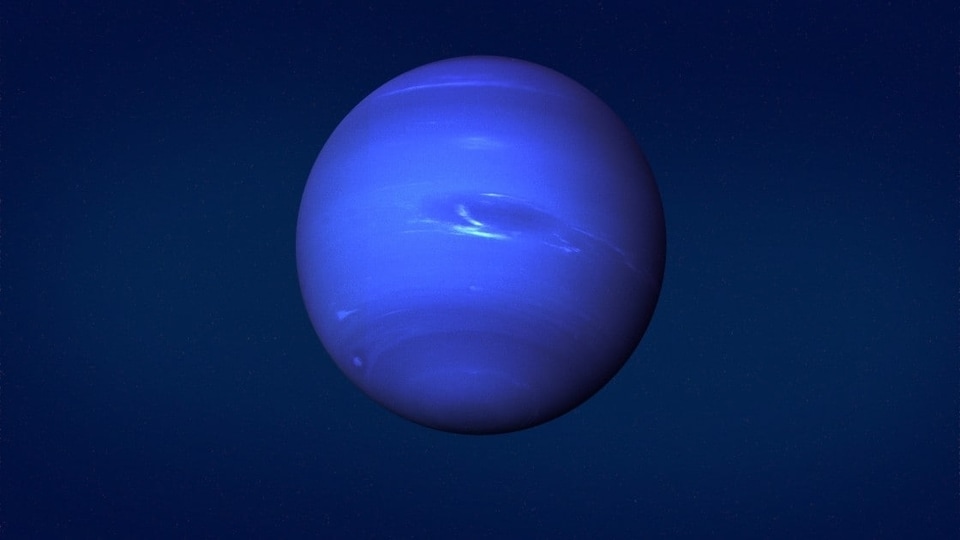
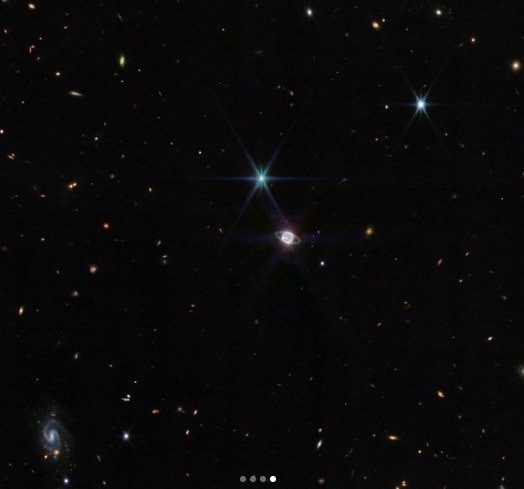
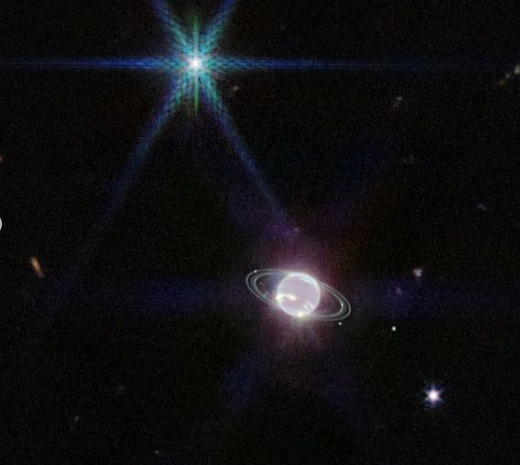
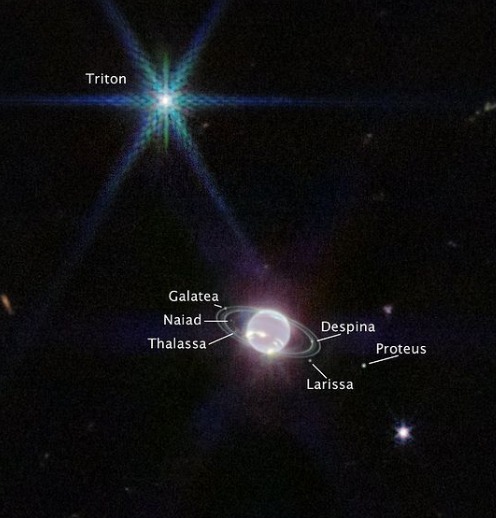
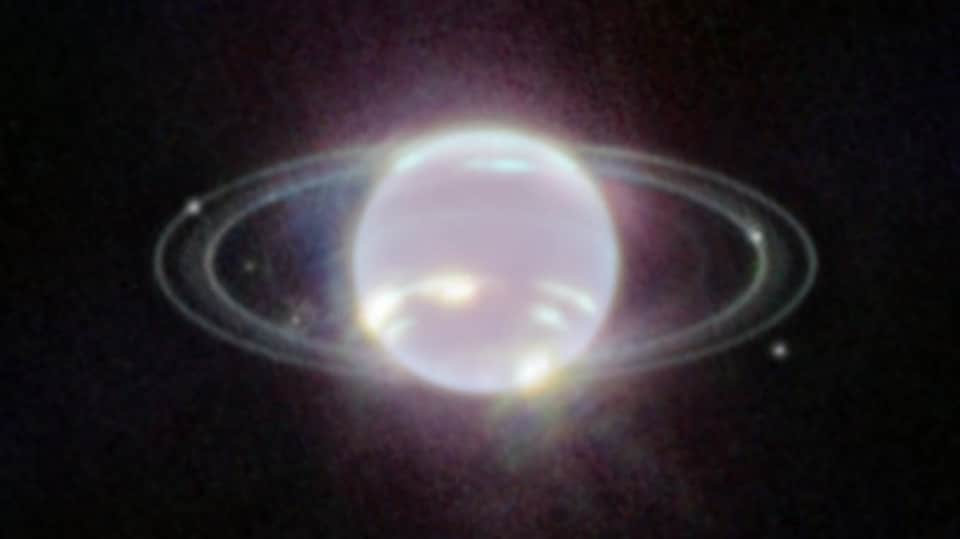
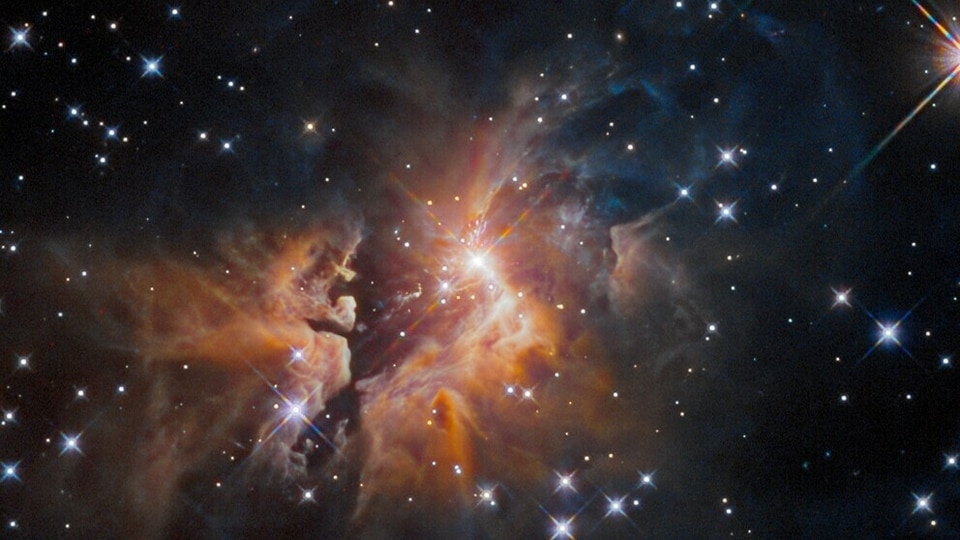
 View all Images
View all ImagesAlthough the brand-new James Webb Space Telescope has recently captured some incredible images of celestial events, the Hubble Space Telescope has once again proved that it may be old, but it is still capable of capturing breathtaking images. The space-based telescope has recently captured a mesmerizing image of a bright young star surrounded by a cloud of gas. The image was released by the European Space Agency (ESA) on their website, which co-manages the Hubble Space Telescope along with NASA.
According to ESA, the bright young star is over 9000 light years away surrounded by a cloud of gas in a stellar shroud called IRAS 05506+2414 in the constellation Taurus. Stellar Shroud is a ribbon of gas which is part of the Veil Nebula, the expanding remnant of a supernova explosion that happened almost 8000 years ago. The image was captured using Hubble's Wide Field Camera 3 instrument which snapped the “fan-like spray” of some material at velocities of up to 350 kilometers per hour spreading outwards, according to the official ESA description of the image.
The Hubble telescope previously captured one of the largest ever stars named R136a1, located in a massive star cluster called R136 in the Magellanic Cloud. A globular star cluster named NGC 6638 was also captured by the Hubble Space Telescope located in the constellation Sagittarius.
Studying stars with the Hubble Space Telescope
Since the launch of Hubble in 1990, it has become relatively very easy to observe distant stars due to the Hubble telescope orbiting the Earth about 340 miles from the surface of the planet. This close proximity to Earth also allows astronauts to physically perform repairs on the telescope.
In contrast, the brand-new James Webb Space Telescope orbits the Earth nearly 1 million miles from the surface of the planet, operating in the infrared spectrum of light. As of now, scientists use the Hubble Space Telescope and the James Webb Space Telescope in conjunction to observe and study distant planets, galaxies, star clusters and other mysteries of space.
Catch all the Latest Tech News, Mobile News, Laptop News, Gaming news, Wearables News , How To News, also keep up with us on Whatsapp channel,Twitter, Facebook, Google News, and Instagram. For our latest videos, subscribe to our YouTube channel.

























